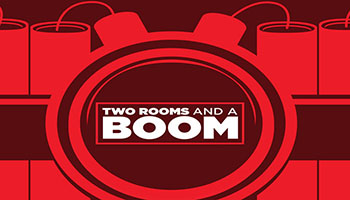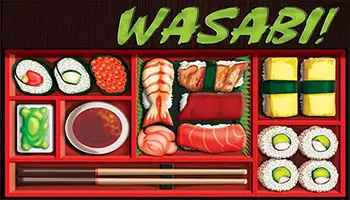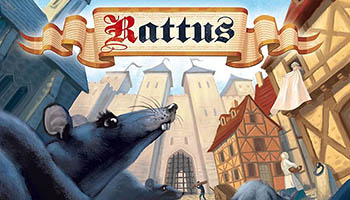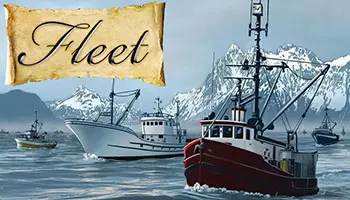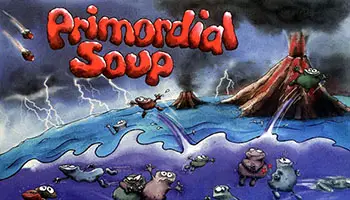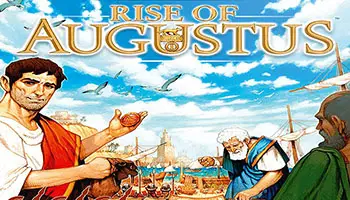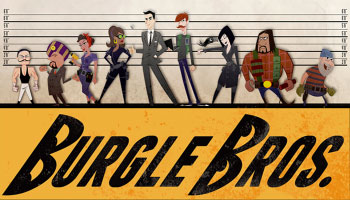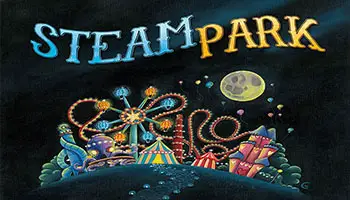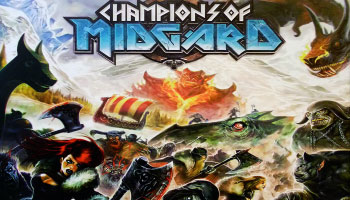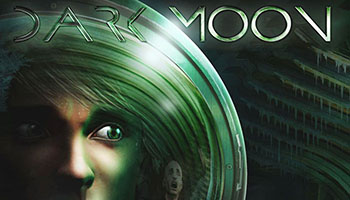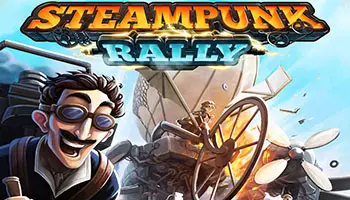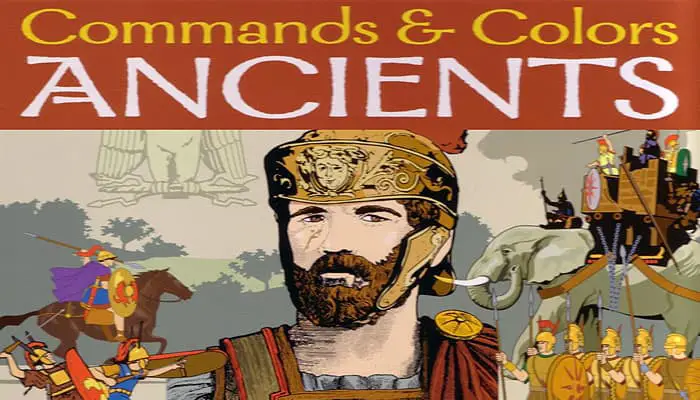
The Commands & Colors: Ancients game system allows players to portray important engagements of ancient history. The battles, included in the scenario booklet, focus on the historical deployment of forces and important terrain features on the scale of the game system. The scale of the game is flexible and varies from battle to battle. For some scenarios, an infantry unit may represent an entire legion of soldiers, while in other scenarios, a unit may represent just a few brave warriors.
The Command card system drives movement, creates "fog of war", and presents players with many interesting challenges and opportunities, while the battle dice resolve combat quickly and efficiently. The battlefield tactics you will need to execute to gain victory conform remarkably well to the strengths and limitations of the various ancient unit types, their weapons, the terrain, and history. …























